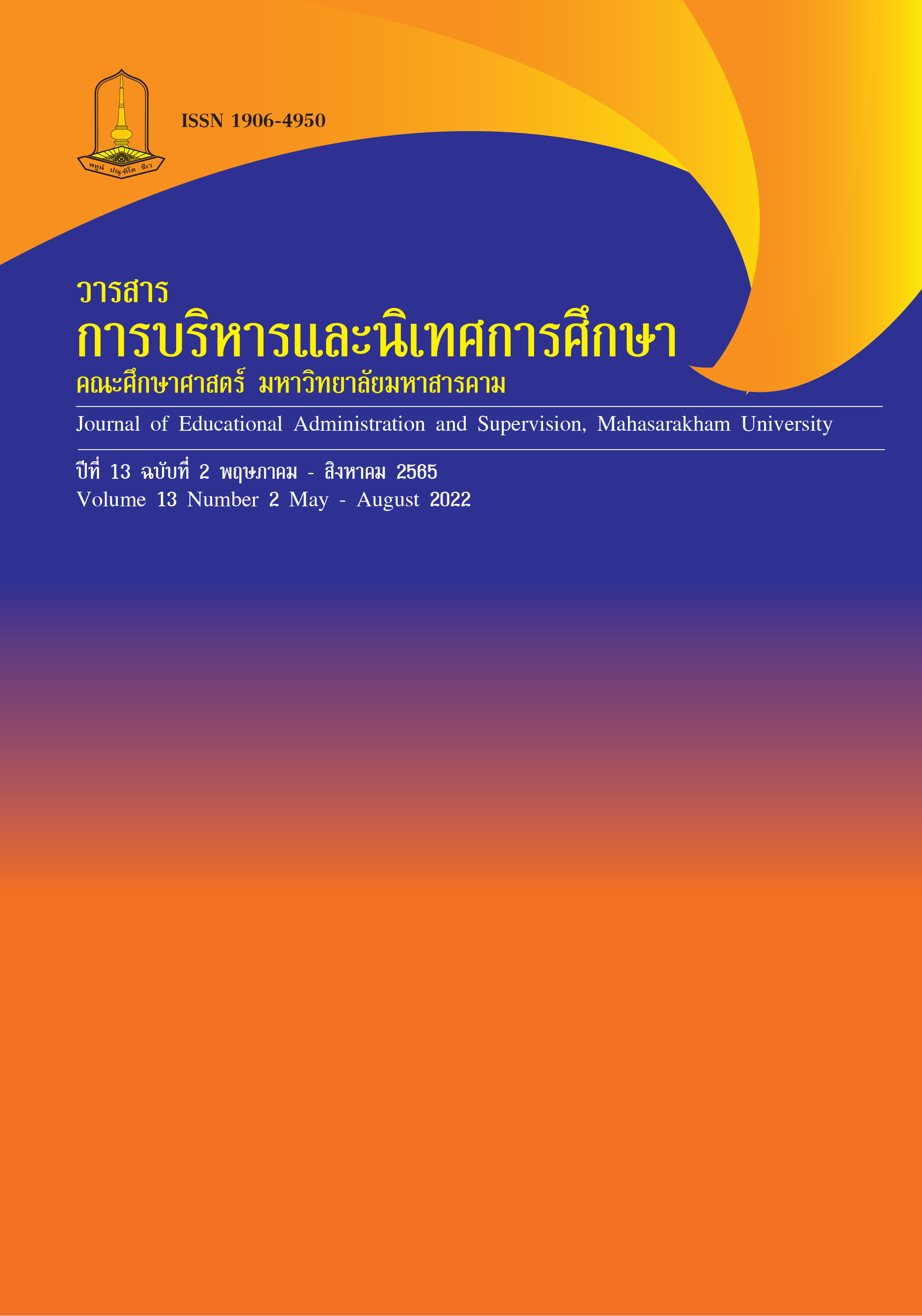Developing student teachers in the digital era to keep pace with a borderless world by using the CoMeSe model
Main Article Content
Abstract
In the 21st century, technology is changing rapidly all the time. Learning has changed from the original, there is no longer a limited space for learning and learning needs that are used. Modern technology in doing various activities together among students has become more Learning in this digital age It is a learning that communicates with each other by using a variety of technologies to help manage education. Teachers in the new era must adapt and develop teaching-learning processes as well. The CoMeSe model, a collaborative learning model, has shifted its role from teacher-centered teaching to student-centered learning. centered A theory of knowledge linking has been developed. with the concept of learning management Teaching through the Internet to choose from using various platforms is fast communication. Convenience and uncomplicated use can record information and activities, including students can You can learn on your own according to your interests. To enable students and teachers in the digital era to use their knowledge to further develop themselves in their professions.
Downloads
Article Details
References
กิตติพงษ์ พุ่มพวง. (2558). การจัดกิจกรรมการเรียนรู้ด้วยทฤษฎีเชื่อมโยงความรู้ (Connectivism) ผ่านสื่อสังคมออนไลน์. วารสารศิลปะศาสตร์ปริทัศน์, 10(19). 1-13.
อนุชา โสมาบุตร. (2560). 8 Digital Citizenship: 8 คุณลักษณะของการเป็นพลเมืองดิจิทัล. สืบค้นเมื่อวันที่ 19 ตุลาคม 2564.จาก https://teacherweekly.wordpress.com.
Downes, S. (2021). Stephen Downes Knoeledge, learning, community. from https://downes.ca/presentation/545
Downes, S. (2012). Connectivism and Connective Knowledge. from Code: http://creativecommons.org/licenses/by-nc-sa/3.0/legalcode
Siemens, G. (2004). Connectivism: A Learning Theory for the Digital Age. from http://www.elearnspace.org/Articles/connectivism.htm


